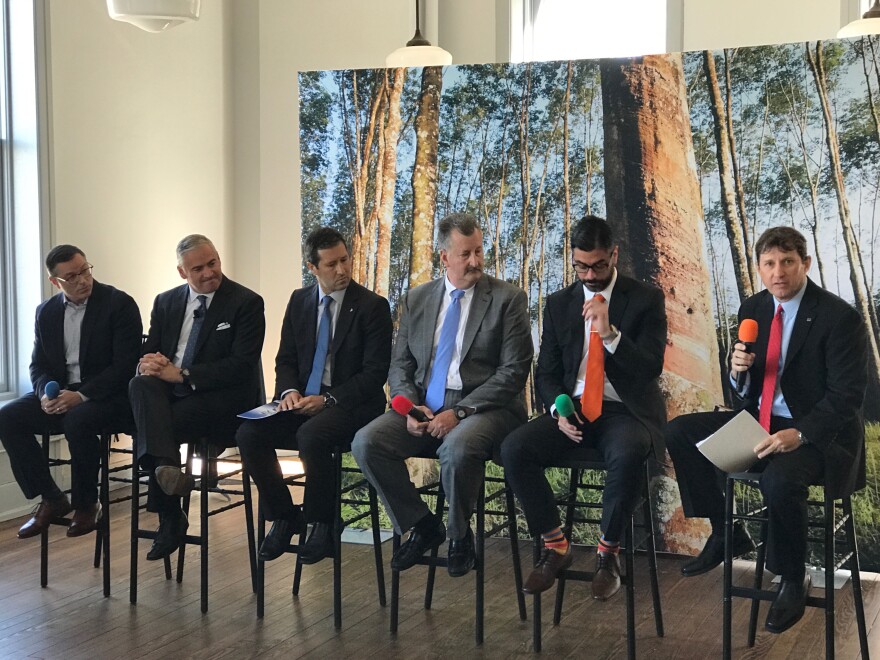General Motors says it's commited to sourcing sustainable natural rubber for future use in all its tires. GM senior Vice President of Global Purchasing and Supply Chain Steve Kiefer announced the initiative alongside supplier partners from the tire manufacturing industry at a press conference Monday, in Detroit.
Kiefer says that rubber and tire suppliers already use a significant percentage of natural rubber. He says GM’s commitment should inspire other auto manufacturers to sign on and increase the demand for sustainable natural rubber, while working closely with suppliers to set achievable standards.
“Our commitment now is to work especially this year ... to set the metrics that we measure ourselves by and ultimately, to get to a hundred percent of product that is having no negative impact on the environment,” Kiefer said.
According to Juan Botero, with the German tire manufacturer Continental, the number of vehicles on the road worldwide is expected to continue climbing. Without a source of sustainable natural rubber, the tire and automotive manufacturing industries will not be able to meet increasing market demands.
Synthetic rubber is commonly used in the same tires as natural rubber. Botero says synthetic rubber is useful, but isn’t a viable replacement for the natural plant byproduct.
“Mother nature does a fantastic job with this material,” Botero said. “We unfortunately cannot, let’s say, build tires, with the same properties ... without natural rubber at this point in time.”
Kiefer says determining future benchmarks for sustainable rubber will be a negotiated between GM and suppliers.
The process of developing a sustainable source of natural rubber will take time. Kiefer says the supply chain of the automotive industry is massive and complex, and responds relatively slowly to change as an industry.
For example, in the global supply chain of automotive-related manufacturing, developing a source of sustainable natural rubber that is both transparent (and thus a boon to local farmers) and traceable is an additional challenge, on top of attempting to increase the yield of the global rubber crop and determining best practices for farmers.
GM will continue to work with suppliers who support the goal of creating a source of sustainable natural rubber, and hold a series of meetings with stakeholders this summer to discuss how to realize the lofty goal. By the end of 2017, GM hopes to lay out an “industry roadmap” for the way forward.
“GM cannot do it alone with the industry,” Kiefer said. “We’re a large player but not the only player. That’s why we’re going so public right now is to try and get more industry support for this.”
Kiefer says he has discussed the sustainable natural rubber initiatives with other automakers, but declined to disclose details.
“We won’t have in the near future tire without natural rubber coming from these trees. As the industry grows, the demand for natural rubber will not decrease but only increase. What we need to do as an industry is make sure that we attack things in a sustainable manner,” Botero said.
"Demand will outstrip the supply if we don't do something different,” Kiefer echoed. “That's of course important. [But] right now I would say the main motivation is making sure we're making sure we're taking care of the people, and the environments that we source from, that we live and work in.



